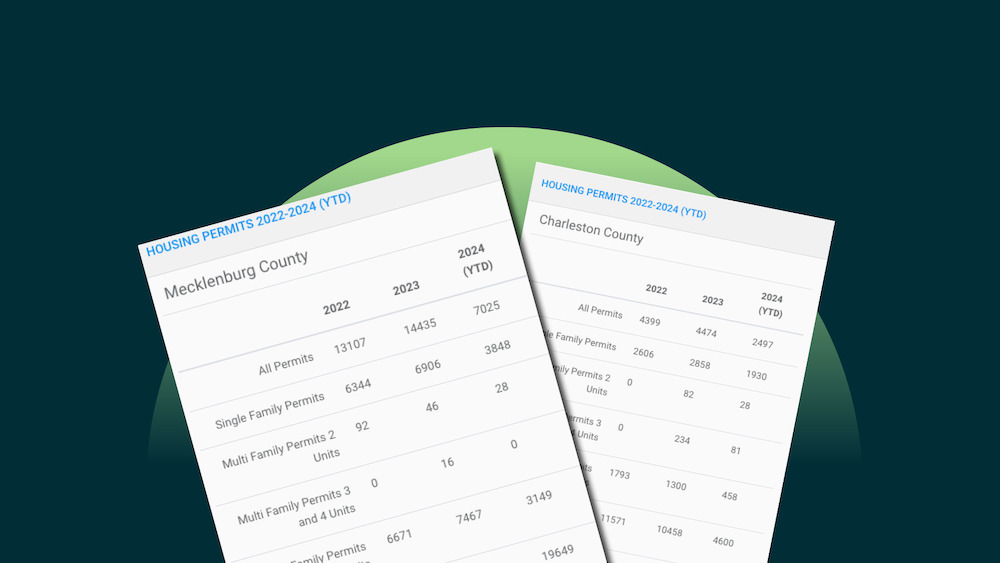
18 Sep 2024
Housing permits are official approvals granted by local county offices that allow developers to proceed with construction projects. These permits are critical in ensuring that all building plans meet local safety and zoning regulations before construction can begin.
Housing permits are an essential indicator of future development and population growth in a given area. When a county issues housing permits, it signals the upcoming creation of new residential housing. This often leads to population growth, significantly impacting industries, including self-storage. Increased housing typically correlates with greater demand for storage facilities as new residents require space for their belongings during moves and transitions.
The housing permit data comes from the U.S. Census Bureau’s Building Permit Survey (BPS). The BPS is conducted to provide comprehensive national, state, and local statistics on new privately-owned residential construction. These statistics are crucial for understanding the broader trends in housing development nationwide.
A housing unit is a house, apartment, or any group of rooms designed to be occupied as separate living quarters. For example, each apartment in a building is considered one housing unit. Housing units are distinguished from mobile homes and other non-permanent dwellings. Group quarters (such as dormitories and hotels) are also excluded from this category. Assisted living facilities, however, do qualify as housing units, though nursing homes do not.
This category includes residential buildings with multiple units stacked or built side-by-side. These units share common facilities like basements, heating systems, or plumbing. Multifamily housing structures range from two-unit buildings to structures that can house five or more families.
This includes detached houses or homes where each unit is separated from the adjacent one by a ground-to-roof wall. Each unit in a single-family structure must have independent utilities, such as heating or air conditioning systems. In this definition, row houses and townhouses are considered single-family structures if they meet these criteria.
For more detailed definitions and information, the BPS website offers extensive resources: BPS Website
Radius+ calculates the total number of housing units implied by the number of permits issued. Instead of directly counting units, permits are multiplied by the implied number of units they represent. For example, if a county issues two permits for a multifamily building with five units, Radius+ assumes that 10 new housing units will be built (2 permits x 5 units).
To determine the trajectory of housing development in a county, Radius+ calculates the implied housing growth percentage. This figure is derived by dividing the total implied permit value by the number of households in the county, as reported in the 2020 U.S. Census. The implied housing growth percentage gives insight into whether housing development is trending upward or downward in recent years.
Here’s how Radius+ calculates implied housing growth for different types of housing:
Implied Permit Value ÷ Number of Households in the County
This method provides a clear and practical way to track residential development trends and project future demand for housing-related services, including self-storage facilities.
Housing permits are crucial for analyzing potential growth in an area. They offer insight into the rate of new housing developments, which often correlates with population growth. By understanding housing permits and their implications, developers, businesses, and investors can make informed decisions about where to focus their resources for future growth opportunities.